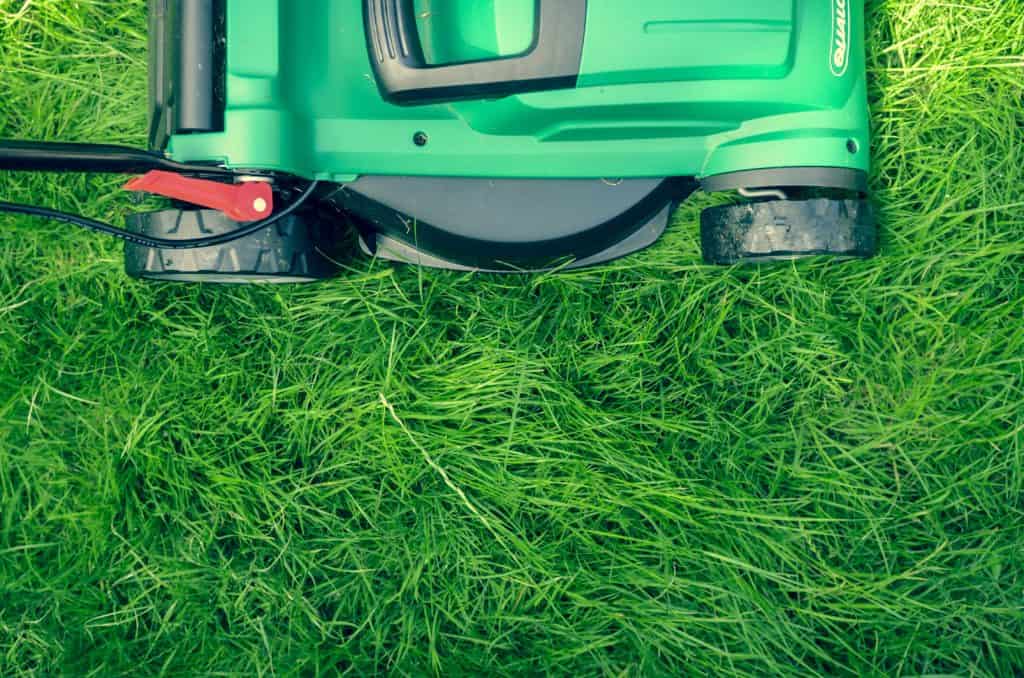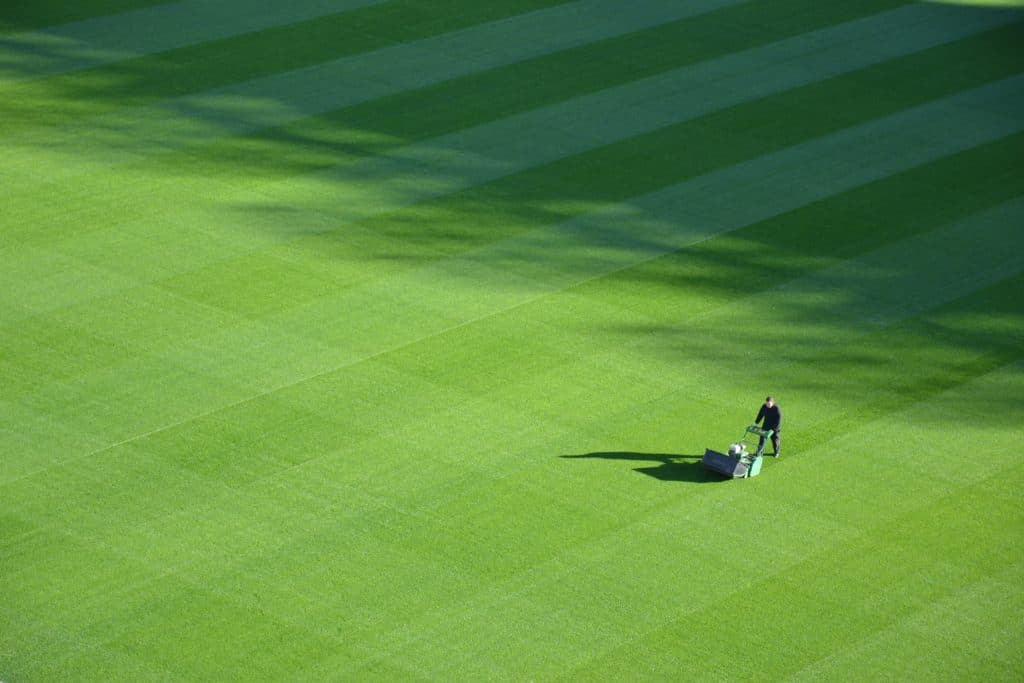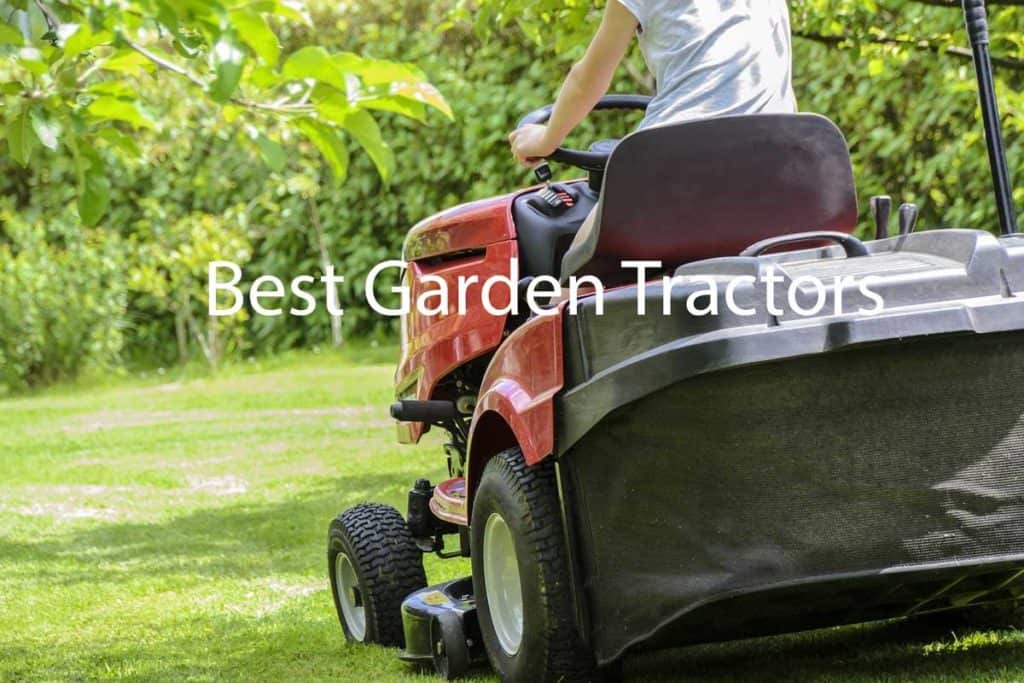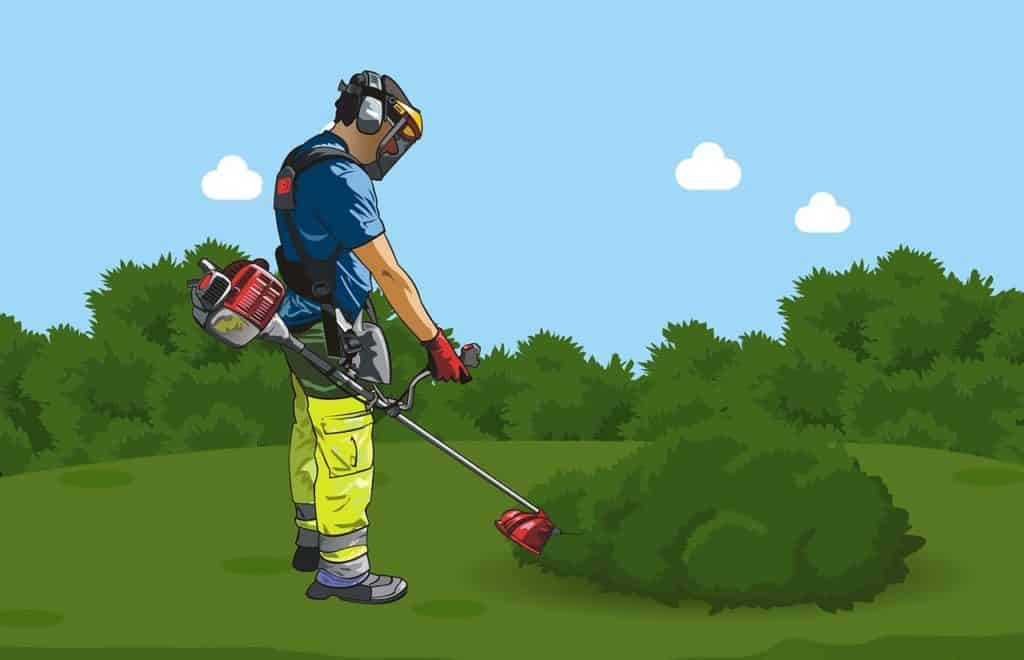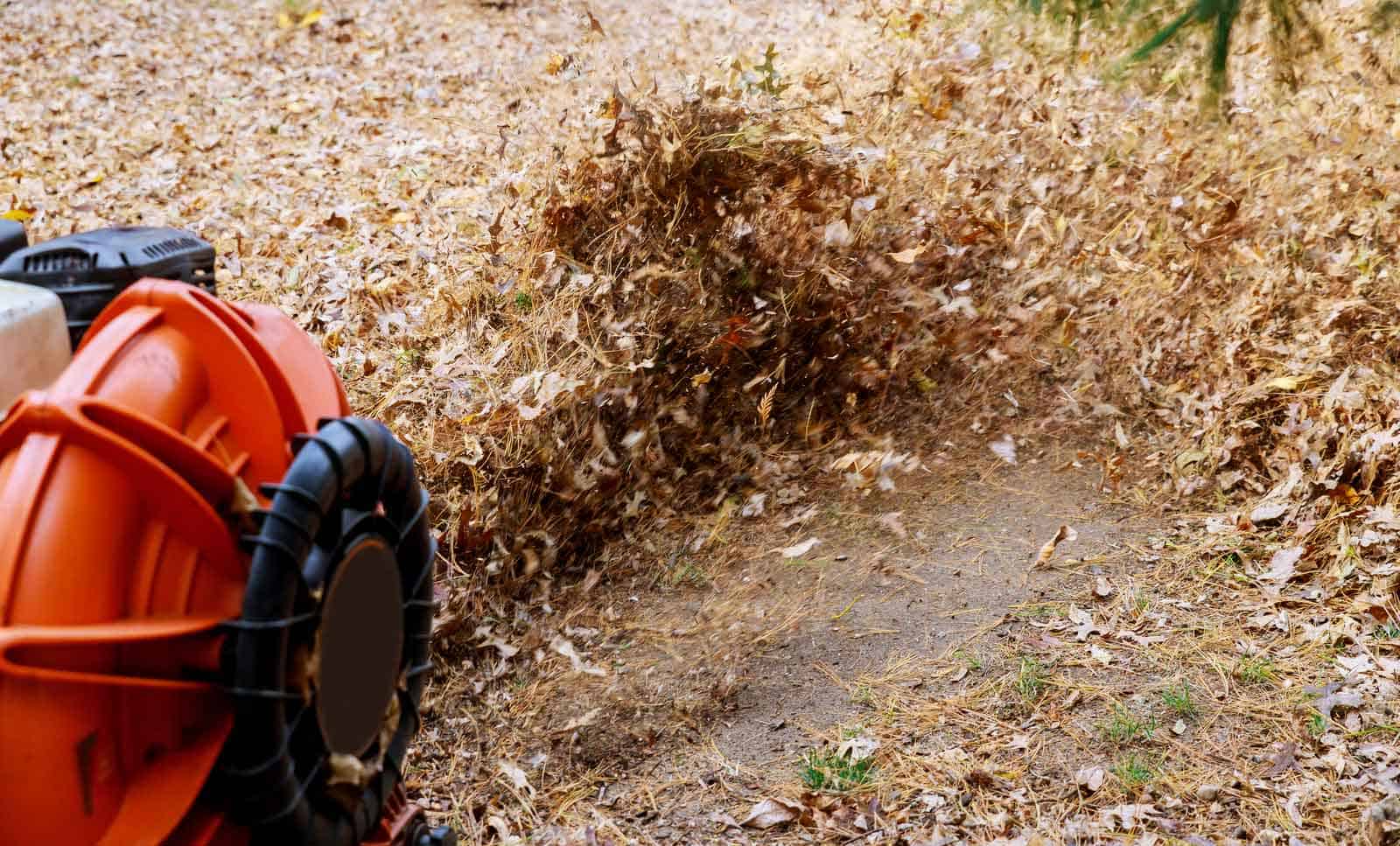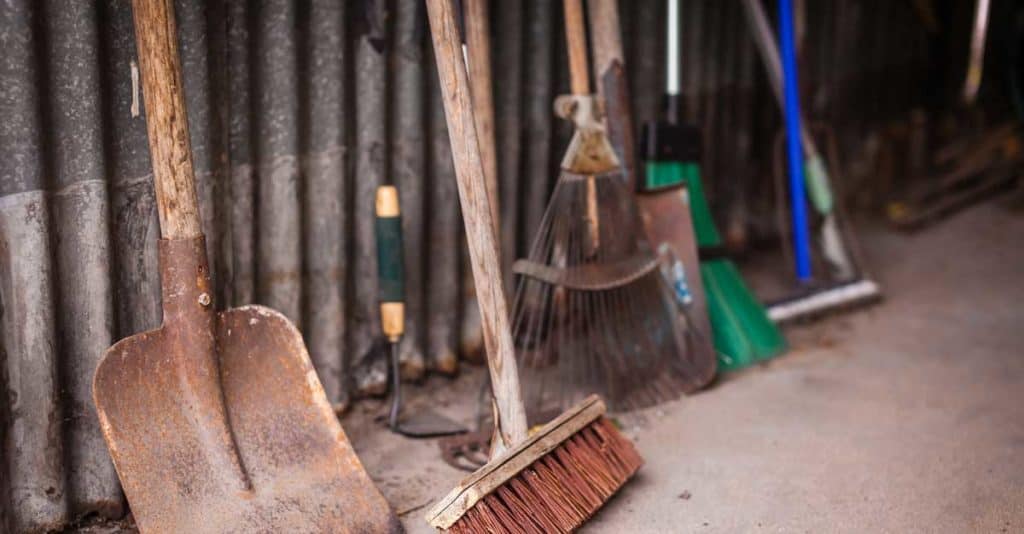This depends on the type of lawn mowing machine you are using. If using a reel mower, you don’t have to bother with hearing protection as reel mowers are as loud as rain hitting the driveway, which isn’t too loud.
However, if using a garden tractor or lawnmower for hills, you really need to use hearing protection. Many homeowners have the impression they don’t need to protect their ears when using electric mowers as they aren’t loud, but they are wrong.
While the engines in electric mowers are quiet, the spinning blades produce up to 75 decibels of sound, which is harmful to unprotected ears.
Gas-powered mowers are louder than electric mowing machines, with the push mowers producing an average of 85 dB while riding lawn mowers produce 90 dB.
If your lawn mowing machine is older and neglected, it’s bound to be even noisier.
Contents
What happens when you don’t protect your hearing?
According to the National Institute of Deafness and Other Communication Disorders (NIDCD), when you repeatedly expose yourself to sounds at or above 85 dB, you risk suffering from noise-induced hearing loss.
To understand how noise can damage your ears, we need to first understand how the ear works. Sound waves enter the outer ear and travel to the eardrum through the ear canal.
The eardrum vibrates from the incoming waves and sends the vibrations to the malleus, stapes, and incus (tiny bones in the middle ear). These tiny bones then transfer the vibrations to the cochlea.
On receiving the vibrations, the fluid inside the cochlea ripples creating a wave that travels along the basilar membrane. As the wave is flowing, the hair cells sitting at the top of the basilar membrane also move.
As the cells move up and down, stereocilia (microscopic hair projections at the top of the hair cells) bump against each other and bend. The bending causes the pore-lined channels at the tips of stereocilia to open up.
When this happens, the chemicals rush into the cell creating an electrical signal. The auditory nerve carries this signal to the brain where it’s translated to sound that you recognize.
When you expose yourself to noise for a long time, you end up damaging the hair cells.
Unfortunately, unlike in birds and amphibians, the hair cells in humans don’t grow back, so your ear becomes unable to generate an electrical signal that is vital for your hearing.
How do you protect your hearing when mowing?
Luckily, there are plenty of ways to protect your hearing. Some of these ways include:
Headphones
These are the go-to pieces for many homeowners as they are easy to use. When the headphones are properly fitting, they are comfortable to wear.
They also provide maximum noise protection as they completely cover the ears.
Headphones for mowing start at $15 per pair and go up to slightly over $300. You might think the higher price means better noise protection, but this isn’t necessarily the case.
One of the most important things you should pay attention to when making the purchase is the fitting of the headphones.
When buying from a local store, make sure you try the headphones before parting with your money. If buying online, check that the store you are buying from has a good return policy.
For optimum noise protection, ensure that the cushioning of the headphones completely covers your ears and makes contact with your head all the way around.
Earplugs
Usually made from foam, earplugs don’t provide as high noise protection as headphones. To wear earplugs you need to roll them between your thumb and index finger until they are small enough to fit the ear.
You should then insert the earplugs into the ear and wait a few seconds for them to expand and fill the ear canal, creating a seal.
The beauty with earplugs is that they are cheap: you can buy a box of up to 200 disposable pairs for as little as $20.
Just like headphones, you can buy earplugs online or from your local store. While the disposable earplugs are cheap, you can’t use them for long.
As you can guess from their name, they are designed for one-time use, after which you should dispose of them. Avoid using them many times as they spread ear diseases.
If you don’t like having to roll the earplugs all the time, go for reusable earplugs. These are shaped like little fir trees. The skinnier top part goes into the ear first.
To protect your ears, insert the earplugs to the ear slowly with the twisting motion. You should follow the same motion to remove them.
These earplugs are a little more expensive than disposable earplugs, but you can use them several times. A 100 pair box of good quality earplugs goes for $100.
If you are still not getting the ear protection you are looking for, go for moldable earplugs that take the shape of your ears, increasing your chances of getting optimum noise protection.
To wear these earplugs, heat them in boiling water to soften them up then insert them into the ears once they have cooled. You need to wait a few minutes, and the earplugs will take the shape of your ears and provide a tight seal against the noise.
As you might have guessed, these are the most expensive types of earplugs. A good pair will set you back between $15 and $30.
Conclusion
It’s vital that you protect your hearing when lawn mowing. Unless you are using a reel mower, always wear hearing protection devices. When choosing the protection devices, ensure they are comfortable.
If you have a large yard like mine, you have to be on your feet for 3-4 hours. You don’t want to spend this time in uncomfortable headphones or earplugs, do you?
When you ensure that the ear protection devices are comfortable and properly fitting, you not only protect yourself from noise-induced hearing loss, but you also have fun mowing.

